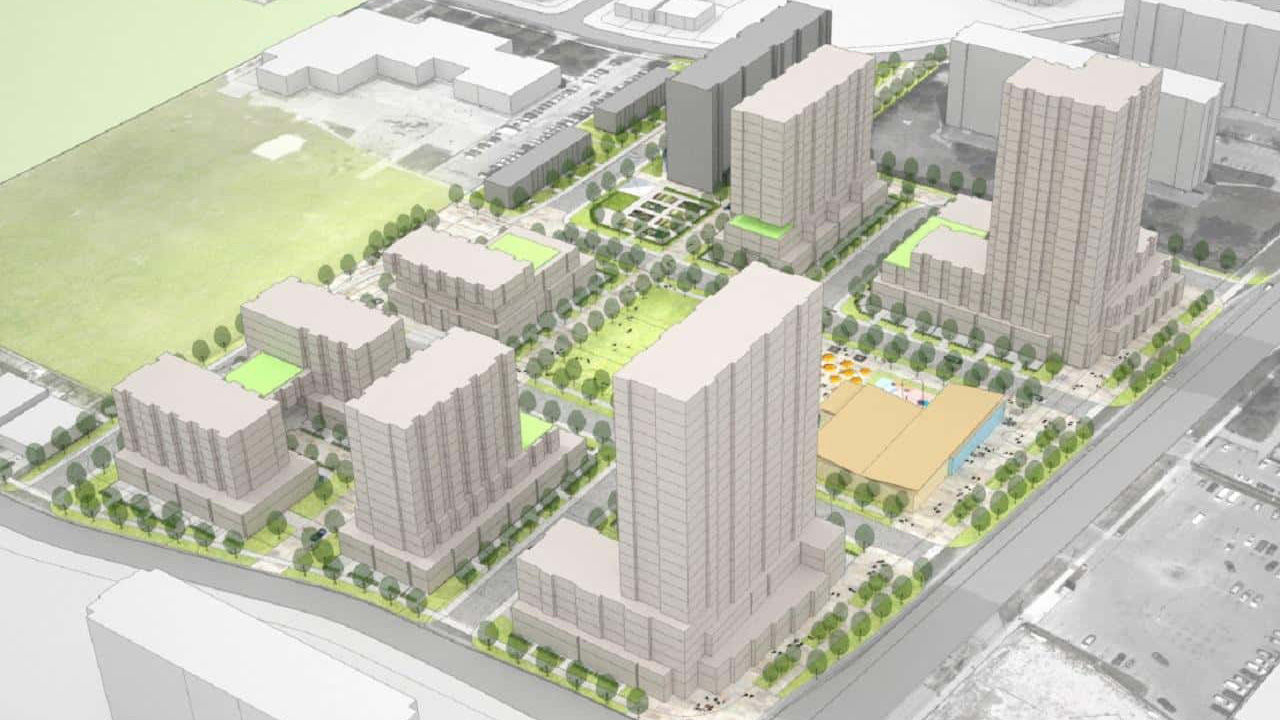Gentrification in the Jane Street and Finch Avenue area is affecting lives, forcing whole communities to look elsewhere to find livable spaces. Today the median income for families in Jane and Finch households ranges between $56,831 and $60,000.
Once populated by baby boomers and predominantly Italian Canadians in the 1950s to ’60s, Jane and Finch communities have grown to be a diversified melting pot of cultures, customs and norms.
The demographic for the area is now made up of up to 29 per cent Black residents, 19 per cent European, 7.2 per cent Italian, and 11.9 per cent Southeast Asian.
On the argument of funding being at the forefront of discussions for political leaders, we can simply put it that diversified groups of people such as myself face similar barriers to equity, housing and upward mobility due to their socioeconomic status.
The Firgrove-Grassways neighbourhood, a huge lot consisting of two- and four-story townhomes followed by high rises, stood since 1971, and was a beacon for low income families — is now torn down.
The lot served as a vital hub with everything from a basketball court to a playground, childcare centre, outdoor pool and community centre.
It wasn’t until 2016 that the Toronto Community Housing Corporation (TCHC) started conducting examinations of building units that were structurally unfit and deemed unsafe. They started a relocation process in 2017 and residents were given the option of moving to other units in the city and returning after the “revitalization” process was over.
The Firgrove-Grassway community development project is set to be finished in 2023 where there will be 600 units approximately on the market for about $600,000 per unit.
Along with the construction of the Finch LRT, there is a legitimate rise in the value of properties and the cost of living in the area. According to Statistics Canada the average cost of a home is expected to be $1 million by 2023.
When gentrification happens, people are displaced and this widens the income gap between low-middle income earners whose housing affordability is based on their earnings.
In order to find solutions to gentrification which affects almost every minority group, we must take into account the social, political and financial aspects of the root causes of the need to seek gentrification as a solution.
Multi-million dollar housing projects to boost the prospect of a budding society do not give a strong index of growth.
Marginalized groups need to be given proper funding to be able to invest in projects that uplift them. If millions are pumped into projects such as housing and LRT systems, millions can also be given to marginalized groups to start businesses and uplift the situation around them.
The underlying factors of poverty and housing affordability should be predicated on the fact that everyone deserves the chance to live in a place that they feel comfortable.
This is an area where funding needs to be funnelled and it is a discussion that needs to be at the forefront of any political campaign.

